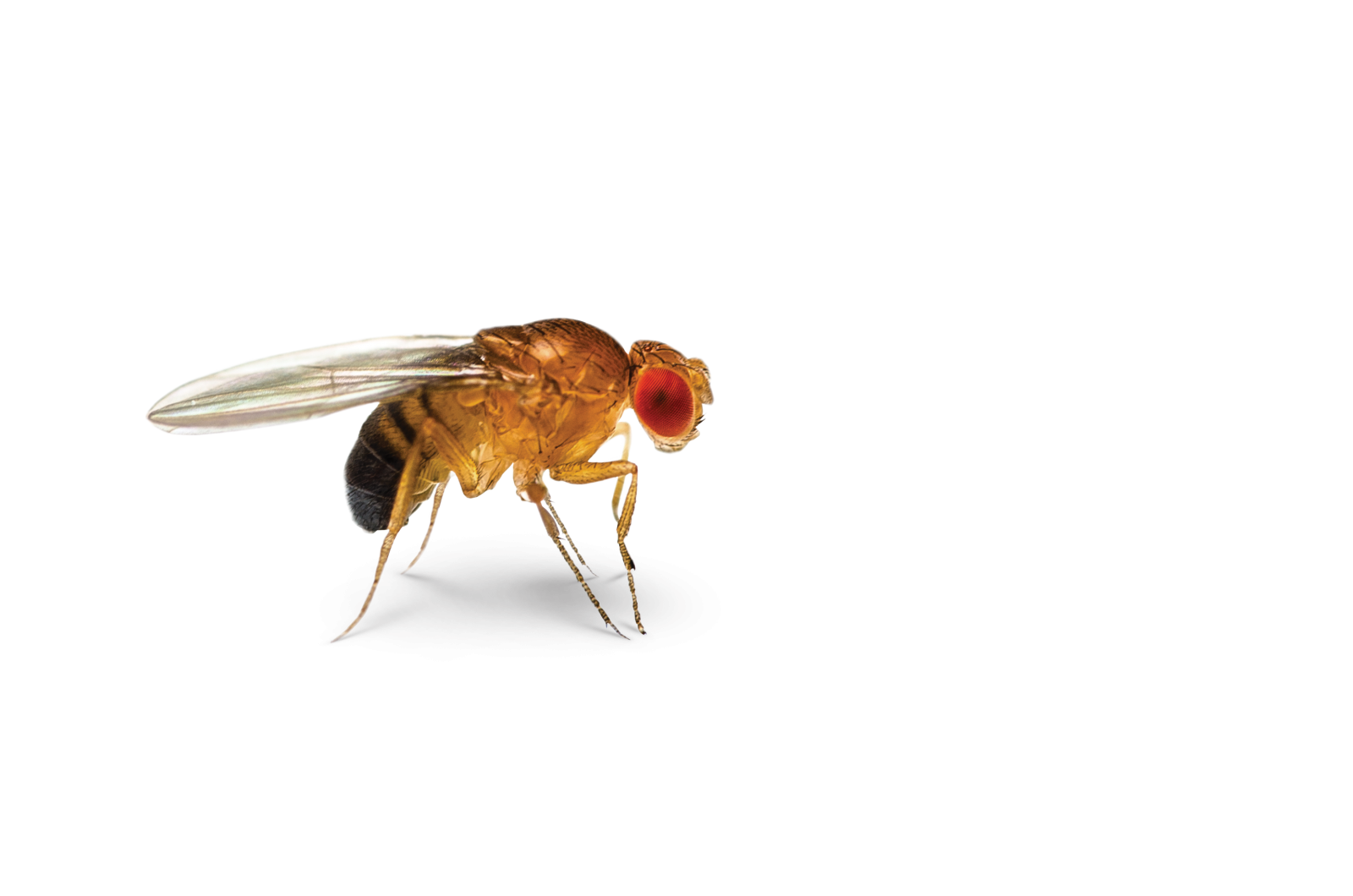- BREAKING NEWS:
- Stay tuned for updates on our latest projects.
Research Analysis
During the last several years, work in my laboratory has focused on several different, but along related themes: 1) Molecular genetics of self-renewing asymmetric division of neural stem cells, 2) Molecular genetics of synaptic connectivity and axon guidance, and 3) Molecular genetics of neurodegeneration in the adult brain. We also do extensive work on several collaborative projects, contributing via our model system. The main model system we utilize is Drosophila, the well-known fruit fly, but we also use Human patients and materials from patients in our work, thus jumping between flies and humans. Besides the main and collaborative work, our focus has also been on the evolution of the human skeletal body plan and human brain.
Molecular genetics of self-renewing asymmetric divisions
The relatively simple ventral nerve cord (VNC) of the Drosophila embryo provides an experimentally advantageous model for investigating the mechanisms that govern the elaboration of stem cell lineages. Within the nerve cord, each NB functions as a stem cell - it divides by asymmetric mitosis to self-renew and to produce a chain of committed ganglion mother cells (GMCs). A GMC does not self-renew, but rather, divides asymmetrically to generate two distinct neurons. From nematodes, flies to humans, these self- renewing and non-self-renewing asymmetric divisions allow the CNS (or the PNS) to generate a large number of cells from a few precursors. We have selected several typical embryonic CNS neuroblast stem cell lineages, such as the MP1aCC/pCC lineage, the NB4-2->GMC-1> RP2/sib lineage, and the NB7-3 lineage in our studies. This work also extends to the adult brain development.
Molecular genetics of synaptic connectivity and axon guidance
How could we identify mutants that are in genes that regulate synaptic plasticity/connectivity? A screen is as good as the assay that is employed. We plan to use motor activity in our first selection assay. Motor activity is easily scored and with little difficulty or need for sophisticated equipment. In synaptic connectivity mutants where the gene in question regulates an attractant pathway, we hypothesize that when that gene is inactivated by shifting the adults to the restrictive temperature, the individuals will exhibit motor deficits-presumably due to loss of attraction/connection between synaptic terminals (at least in a subset of such mutants). In those mutants where the pathway is mediated by repellent cues, inappropriate connectivity will also cause motor deficits, aberrant motor behavior, even seizures or epilepsy. We have reason to believe that this theory has validity.
Molecular genetics of neurodegeneration in the adult brain
We have generated many conditional mutations that show neurodegeneration in the adult brain. Our focus in this area has been to explore the following diseases a) Alzheimer’s disease, b) ALS-Frontotemporal dementia, c) Fredrich’s Ataxia, and d) Parkinson’s disease. Just as neurologists have done a remarkable advancement to understand our own brain by analyzing patients and linking the symptoms to lesions in the brain, we are using disease mutants to understand the brain in flies and humans.
Collaborative work:
Collaborative projects: a) The role of Pix1 in cardiac function and cardiomyopathies (with Dr. Guy Benian, Emory), b) Transgenerational effects of diet on autophagy and mitophagy (with Alex Murashov, ECU), c) DNA damage/repair by H4K16Ac and its relevance to neurodevelopment and diseases (with Tej Pandita at Texas A&M), d) Angelman syndrome (with Kevin Nash at USF), e) Drug discovery for Parkinson’s (with Dr. Kripal Bisht, Department of Chemistry, USF), and f) HERV proteins in the brain (Avi Nath, clinical director NINDS/NIH)
